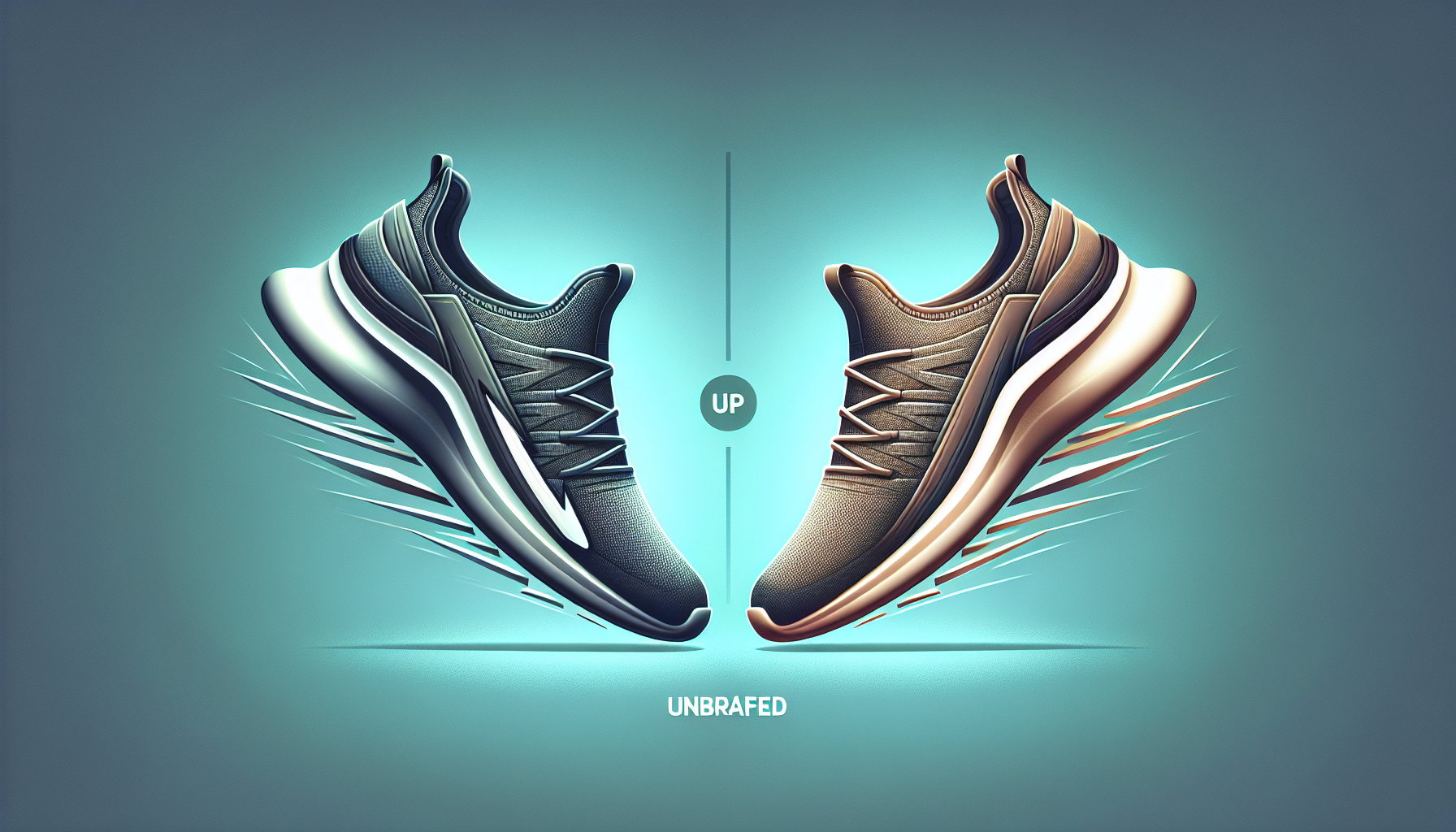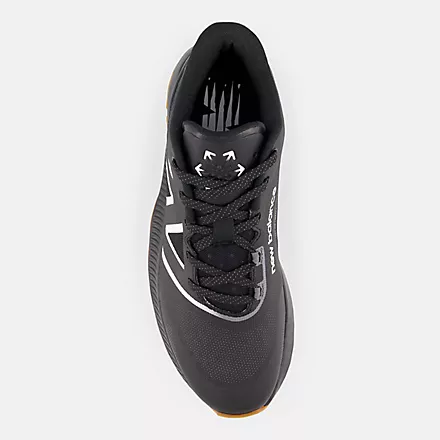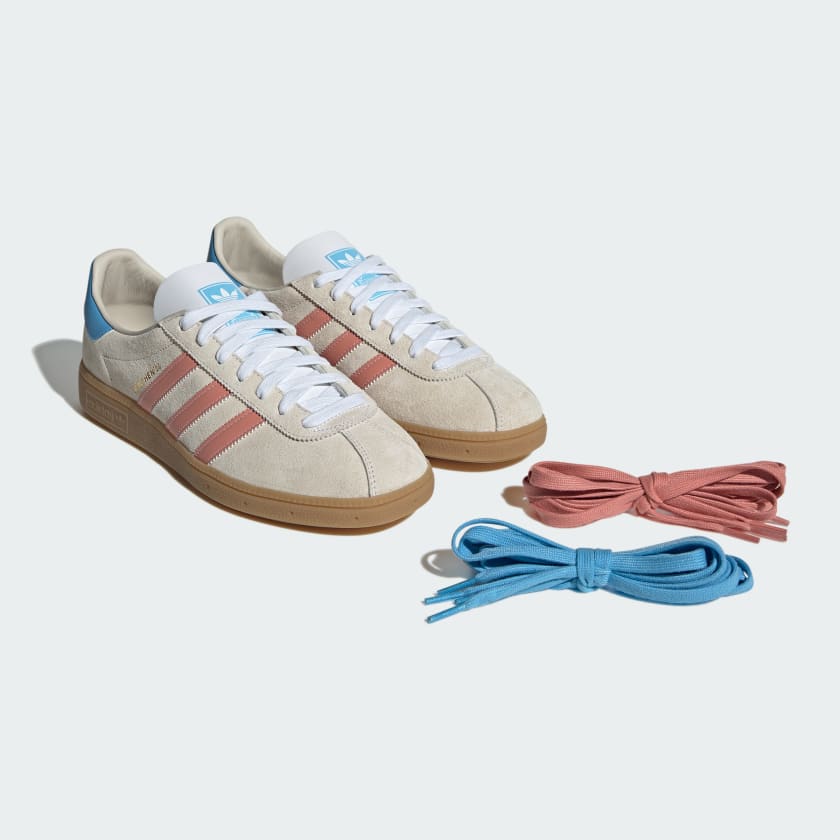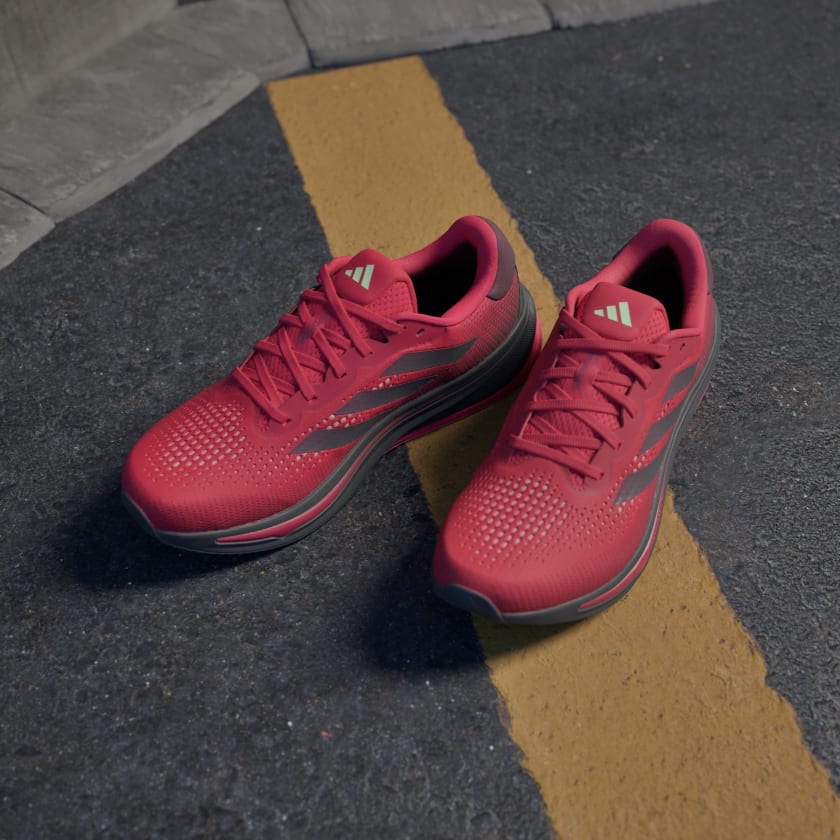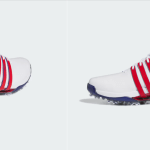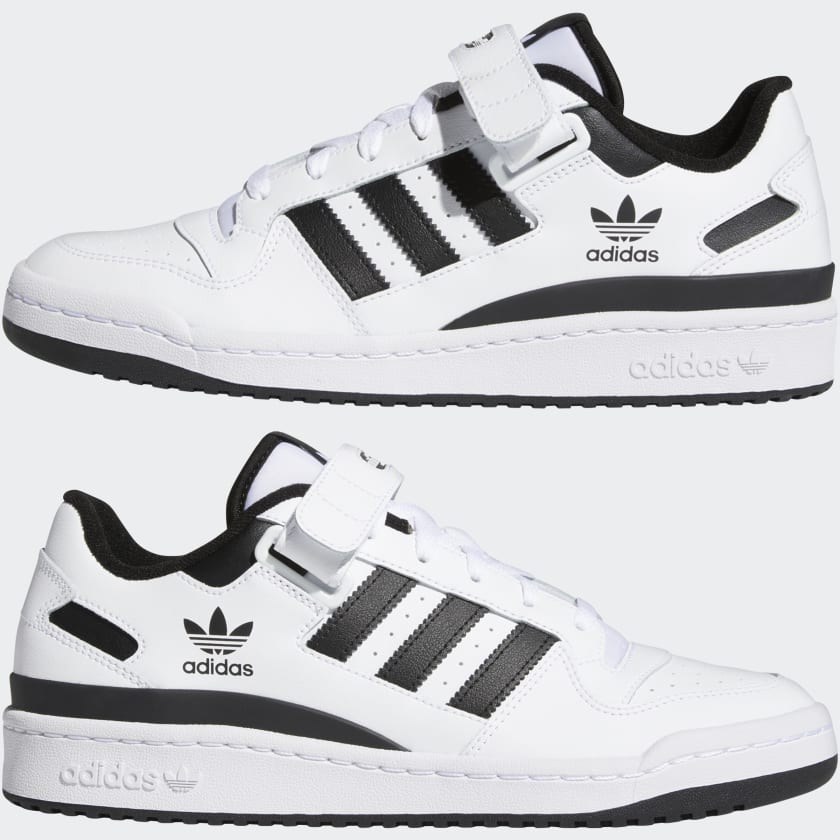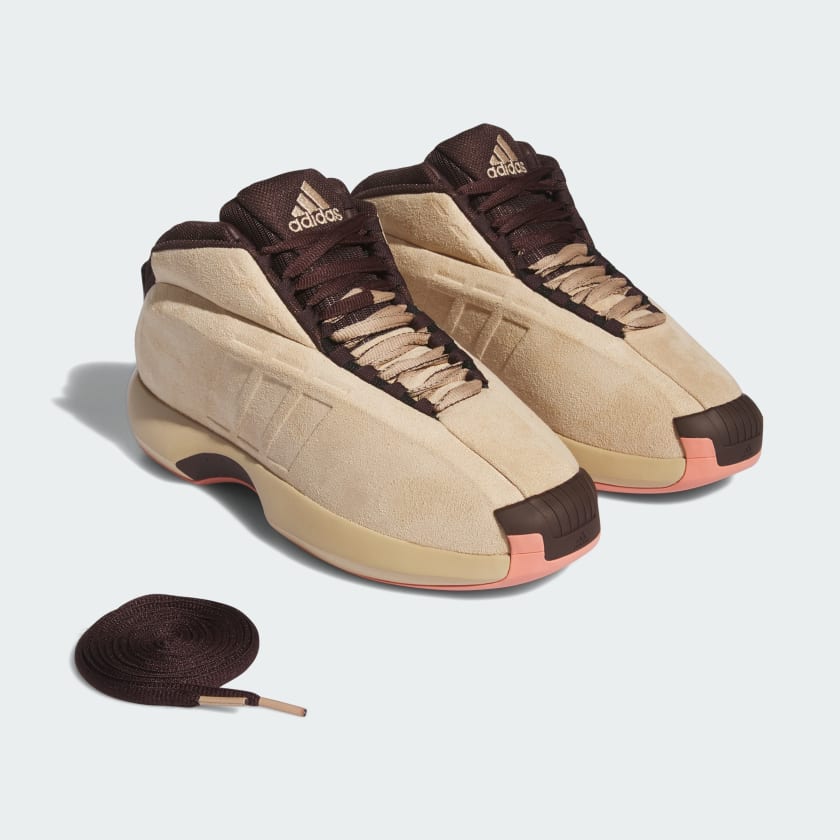Embarking on your walking journey with the perfect companion for your feet can make all the difference in the world, and that’s exactly the crossroads you find yourself at when choosing between New Balance and Hoka—one offering a lineage of trusted performance, the other a beacon of innovative comfort. As you lace up to traverse the winding paths of daily strolls or ambitious treks, understanding the intricate play between your unique foot needs and the plethora of walking shoe features available from these leading brands is crucial.
This comprehensive head-to-head pits New Balance’s seasoned engineering against Hoka’s cushioning prowess, comparing their most standout characteristics from sole technology to upper construction, and unraveling the layers of customer insights alongside our meticulous analysis to guide you to the selection that promises a seamless blend of comfort, stability, and style tailored to your every step.
Understanding Walking Shoe Needs
When it comes to walking, not just any shoe will do. You need footwear that will support your feet, cushion your steps, and accommodate your unique walking style. Choosing the right pair of walking shoes is crucial to ensure comfort during your walks, prevent injuries, and maintain foot health. In this guide, we’ll explore what to look for in a walking shoe and how to determine the best fit for your feet.
The Anatomy of a Walking Shoe
Walking shoes are specifically designed to support the foot through the walking gait cycle, which involves a heel-to-toe movement. Key components of a walking shoe include the sole, insole, upper, midsole, and outsole. The sole is the foundation, providing traction and stability, while the insole offers additional cushioning and support. The upper should secure and protect your foot without restricting movement. The midsole, often made of foam or gel, absorbs shock and reduces impact, and the outsole provides durable traction. Walking shoes are typically built to be more flexible at the toe than running shoes, to match the rolling motion of walking.
Assessing Your Foot Type and Walking Style
Before you select a walking shoe, take a moment to assess your foot type and walking style. Look at your arch, which can be flat, normal, or high, as it determines the level of arch support you’ll need. Also, consider your gait, particularly how your foot rolls as you walk—known as pronation. This can affect which type of shoe will provide the best stability and support. For example, if you overpronate, shoes designed for motion control can help correct your gait.
Deep Dive: New Balance Walking Shoes
History and Reputation
New Balance has a long-standing reputation for crafting high-quality athletic footwear. Known for their focus on performance and comfort, New Balance walking shoes have become a go-to for many dedicated walkers.
Technology Highlights
New Balance walking shoes boast innovative features such as ABZORB cushioning for superior shock absorption, Cush+ for a plush and responsive feel, and N-ergy cushioning for a perfect balance of shock absorption and firm support.
Popular Models for Walking
- New Balance 990v5: A classic with ENCAP midsole technology for support and durability.
- New Balance 847v3: Designed with a focus on stability and motion control.
- New Balance Fresh Foam 1165: A modern design with plush Fresh Foam cushioning.

Deep Dive: Hoka Walking Shoes
Brand Innovation and Market Position
Hoka has made waves with its revolutionary approach to footwear, particularly by providing maximum cushioning without added weight. They’ve become a prominent name among walkers seeking comfort and performance.
Signature Features
Hoka walking shoes are equipped with unique technologies such as the Meta-Rocker, which helps propel you forward, and the J-Frame™ for enhanced stability without using heavy materials.
Top-Rated Hoka Models for Walkers
- Hoka One One Bondi: The most cushioned shoe in Hoka’s lineup, perfect for long walks.
- Hoka One One Gaviota: Offers superior support and cushioning, with a focus on stability.
- Hoka One One Arahi: Lightweight and versatile with dynamic stability.
Head-to-Head Comparisons
Comfort and Fit
When comparing New Balance and Hoka walking shoes, many users have noted the plush comfort of the Hoka’s cushioning against New Balance’s supportive yet cushioned fit. Each brand has devoted followers who swear by the customized feel of their preferred shoe.
Durability and Performance
New Balance shoes are renowned for their durability and have a solid performance track record. Hoka, with its lightweight construction, also offers performance that dedicated walkers appreciate, though some users report varying longevity when compared to New Balance.
Style and Design
From the design perspective, New Balance offers a range of aesthetics from classic to modern, catering to various tastes. Hoka, on the other hand, tends to maintain a signature streamlined look that is modern and often recognized for its distinctive thick sole design.

User Experiences and Reviews
What Walkers Are Saying
Walkers who prefer New Balance often praise their shoes for the reliable support and versatile designs. Hoka fans frequently highlight the “walking on clouds” cushioning and the smooth ride provided by the Meta-Rocker.
Pros and Cons Based on User Reviews
New Balance Pros:
- Supportive for various foot conditions.
- Durable and long-lasting.
- Aesthetic variety.
New Balance Cons:
- Some models may be heavier.
Hoka Pros:
- Exceptional cushioning.
- Innovative design featuring Meta-Rocker.
- Generally good for those with a need for soft landing.
Hoka Cons:
- Some find the design bulky.
- Premium pricing.
Making the Right Choice for Your Feet
Factors to Consider When Choosing Walking Shoes
Selecting the perfect walking shoes is a personal choice based on factors such as budget, walking environment, foot shape, and personal style. Consider where you’ll be walking—smooth pavement, trails, or varying terrains—and choose a shoe that can handle that environment. Don’t forget to think about longevity and how often you’ll replace your shoes.
The Impact of the Right Shoe on Foot Health
Wearing the right walking shoe can reduce the risk of foot and ankle injuries, provide necessary support for foot alignment, improve comfort, and even affect your overall posture and joint health. It’s a choice that extends beyond the feet, impacting your entire well-being.
Sole Technology Showdown
New Balance’s Sole Technologies
New Balance utilizes technologies like the ABZORB and ENCAP midsoles for shock absorption and stability, ensuring a solid, supportive walk.
Hoka’s Sole Innovations
Hoka offers oversized EVA midsoles for supreme cushioning, along with features like the Active Foot Frame for increased stability, ensuring a smooth and supported walking experience.
Cushioning Comparison
New Balance Cushioning Technologies
New Balance’s Cush+ offers a responsive yet ultra-soft cushioning system, perfect for those looking for a balance between comfort and stability.
Hoka Cushioning Comfort
Hoka is known for its signature cushioning that provides a soft and protective ride, ideal for those prioritizing maximum cushioning during their walks.
Stability and Support Analysis
Stability Features in New Balance Shoes
With technology like the ENCAP midsole, New Balance walking shoes provide a sturdy and supportive base for all types of walkers, especially those needing extra stability.
How Hoka Ensures Stability
Hoka walking shoes employ the J-Frame™ design for stability, guiding the foot without the need for rigid materials, appealing to those who require stability without the extra weight.
Conclusion
In comparing New Balance vs Hoka walking shoes, it’s clear that both brands offer a range of features and benefits designed to meet different walkers’ needs. Whether you prioritize comfort, durability, style, or support, there’s a shoe out there for you. Consider your foot type, walking environment, and personal preferences when making your decision. Remember, the right walking shoe can make all the difference in your walking experience and overall foot health. Choose wisely and enjoy the journey with every step you take.
